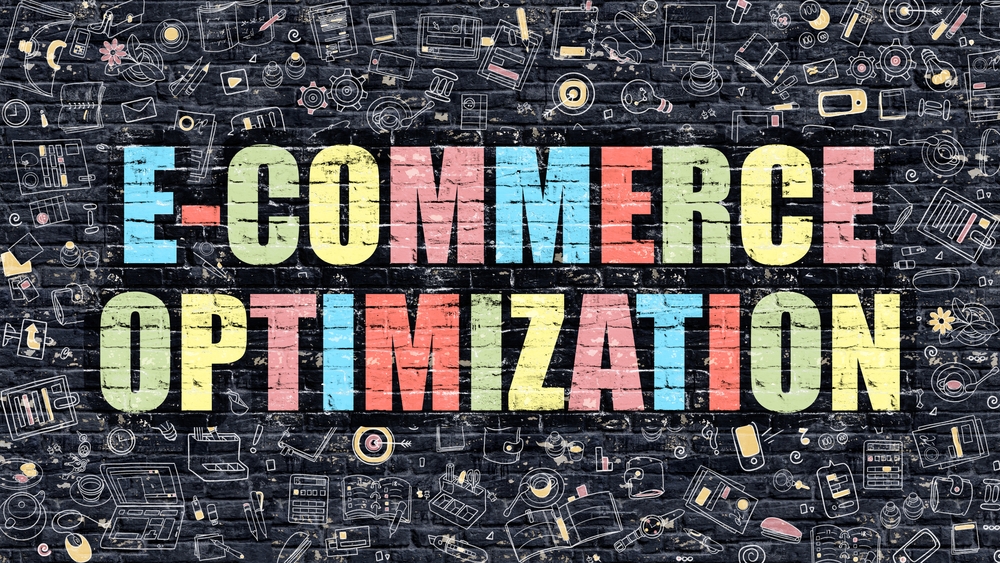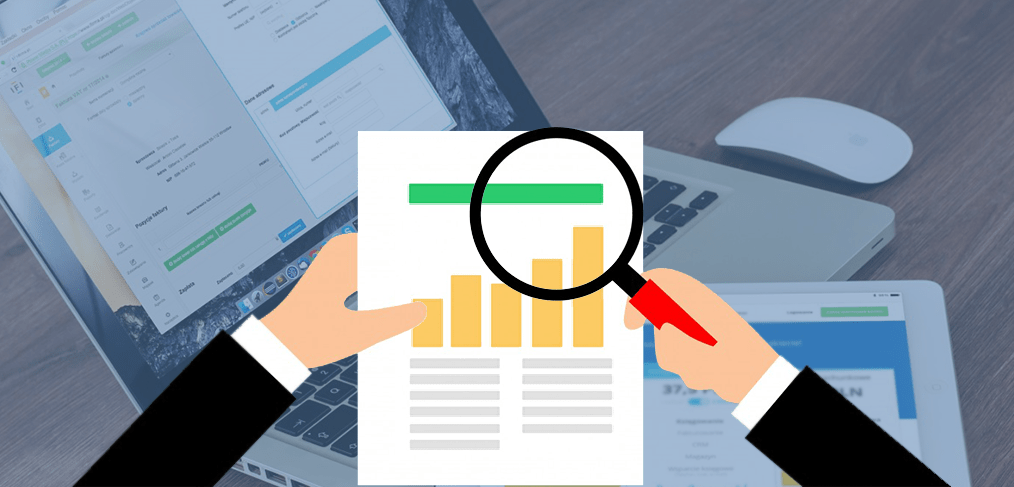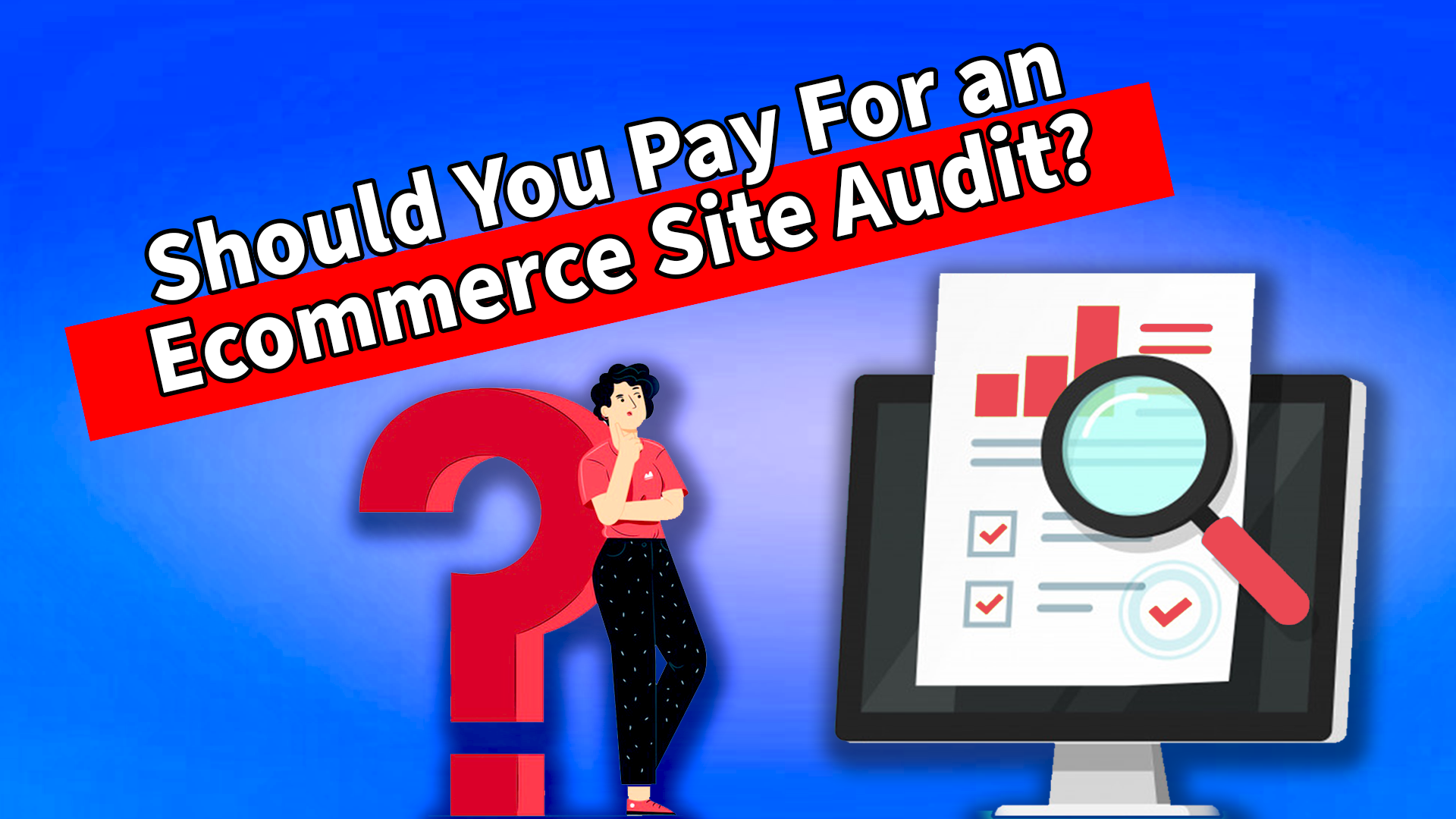Google Shopping is Google’s platform for selling commodity goods and it is growing faster than Amazon and Ebay. Every day more advertisers start advertising on Google Shopping and competition is getting tougher. If you don’t have custom product, your job is even harder. A lot of advertisers will be promoting your products.
There are couples of things you can do, to stand out among these advertisers. Your data feed should be good enough to reflect all the details about your products and important points for your customers. Here is what you should do:
1. Optimize Product Titles – Product titles should be structured in a way that it reflects the details about the product starting with the most important to the least.
2. Optimize Product Descriptions – Your product descriptions should be descriptive and give the most important information within the first 150 characters.
3. Ads for the Feed – You should have an ad to differentiate your listings from others. Consider offering free shipping on orders that meet or exceed a certain amount.
4. Special Offers – Offer product specific discounts as special offers. Special offers will enable your ads to stand out more than Ads.
And many others… Please refer to my article named as “How to Optimize Your Google Shopping Feed” for more data feed optimizations and more information on how to implement them.
Data feed optimizations are not enough for your campaign to be successful. You also have to manage your bids and optimize them for your goal.
How to optimize your Google Shopping bids
Determine Your Desired CPC
First of all, you have to determine your bid, in order to launch your campaign. This will be calculated, by your own goal and performance on other marketing channels. This has to be calculated for each product or product group. Each product group should consist of similar type products with similar margins and sales prices.
1. Loyalty Rate Calculation – You should find out your average lifetime of a customer, for the product or product group that you are going to advertise. Besides that, you would need, how frequent the customer would purchase your product. Would they buy other products besides the one they searched for?
Lets say that average lifetime of your customers for that product or product group is a year (LT=12 months) and customers buy the same product in every 3 months (F=3 months). Besides that product, customers buy other complementary products which worth 20% of the main product purchased. This is the additional profit rate (AP) of 1.20. Profit margins considered being same for ease of calculation.
Loyalty Rate (LR) = LT / F * AP = 12 / 3 *1.2 = 4 *1.2 = 4.8
This rate will be used in profitability calculations.
2. Profit per Acquisition (PPA) – Profit per Acquisition will be calculated by multiplying Net Profit Margin (PM) by Sales Price (SP) and Loyalty Rate (LR). If you are selling a product for $150, with a Net Profit Margin of %20 and a Loyalty Rate of 4.8. Your profit per Acquisition will be;
Profit per Acquisition = SP * NPM * LR = $150 * 0.2 * 4.8 = $144
This is the breakeven point. Your Desired CPA has to be lower than that.
3. Determine your Desired CPA – You should figure out your desired CPA by comparing your ROI on other marketing channels. The best would be to compare it with your organic search ROI. Alternatively, you can take ROI of your main selling point as reference.
Let’s say that your ROI of Organic Traffic is 200%. You can now calculate your Projected CPA as;
Projected CPA = $144 / 200% = $144 / 2 = $72
4. Determine your Desired Cost per Click (Bid) – You should determine what your conversion rate (CR) might be in order to figure out desired cost per click (CPC). Conversion Rate is the rate calculated by dividing number of conversions by total number of clicks. Bare in mind that this depends on the industry, the product you are promoting and also your data feed. You have to do your research and find out how much it would be for your products. We will use the Google Shopping Average in our calculations, which is 2.35%.
CPC = Projected CPA * Conversion Rate = $72 * 2.35% = $1.69
You can bid more to test the market and get more visibility.
5. Get Visibility – You should always show up in the search results. Your Search Impression Share should be at least 75%. That means in every 4 searches, your product appeared 3 times. Update your location targeting or increase your budget, if your impression share turned out to be lower.
Optimize bids by Product Performance & Benchmarks
In couple days, upon launch of the campaign, you will get impression share, benchmark CPC and benchmark CTR data in couple of days.
Benchmark CPC – The Benchmark CPC is, how much other advertisers, bid on products similar to yours. Compare this with, how much you are bidding and determine, if it worth to increase your bid. Don’t trust this data 100% but take it in consideration, when you decide to update your bids.
Benchmark CPC – Benchmark CTR is a good way to see, how well your ads are doing. CTR rate of your ads, directly effect how much you should bid, as CTR constitutes the biggest portion of the quality score. Quality score forms the ad rank along with your bid. If you don’t want to bid high, you should increase your quality score. Again, don’t trust this data 100% but take it in consideration when you decide to update your bids.
Analyze Your Data – In a couple of weeks, you will have sufficient data to analyze. Find out the poor performing products. Don’t remove them from your listings, but lower the bid. You might want to bid as low as a cent, if the product was performing poor.
Increase the bids on products or product groups that perform well and have high ROI. Don’t bid more than 20% of the benchmark CPC, if your CTR is higher than the benchmark CTR. If that’s not the case you can bid a little higher.
Optimization Never Ends
Don’t make changes on your bids too often. In every 2 to 3 weeks, analyze product performance. Once you change something let it run for at least two weeks and than evaluate the results. Making changes too often may have a negative effect on the performance of the campaign.
Review your competitors’ listings. Try to find anything they offer that you don’t. See how they promote their products. Compare their prices with yours and find ways to match them if they are lower. Evaluate your competitors shipping prices.
Determine Your Goal Correctly
The most important thing is determining your desired CPA correctly as CPC depends on the CPA. The assumptions made to calculate the Loyalty Rate and Desired ROI should be unique to your company’s position in the market and how well other sale channels perform. Additionally, every measure depends on the CPA and the market conditions.
A side from that, the only thing you can do is to review how well your competitors doing, what they offer and how they promote their products. Analyze your data in every two to three weeks and continuously optimize your bids. Don’t forget that optimizing bids will not be enough, to have a successful Google Shopping campaign. You have to optimize your data feed as well.
Need a little more help optimizing your bids? Still have questions? Don’t be afraid to contact the experts from Optimum7!





